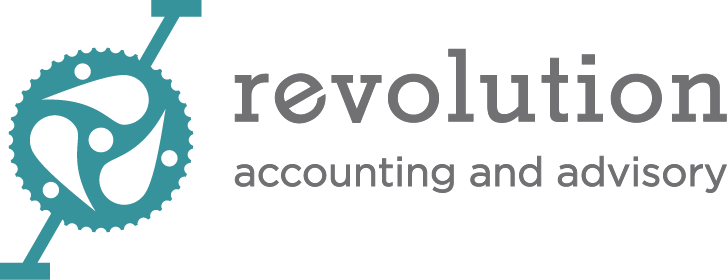An Upgraded Tenancy
When you’re running a business or you’re in the trenches of accounting and financial analysis, you may not think a lot about the data architecture that holds your accounting and business data. And that’s fine, because if it’s a great architecture and everything is humming along, you shouldn’t have to give it a thought.
But there are reasons to consider that architecture from time to time, like when you know you need to upgrade or replace your accounting or ERP applications. A lot of these systems are infamously complicated and expensive to own and operate, and it’s not just because of their powerful functionality. A lot of the trouble is because of their architecture.
The Way It Was
As an example, since 2000, Oracle PeopleSoft has used a web-based interface, yet underneath it is still a '90s-era client-server structure that the customer usually owns and operates. That means the customer has to buy a few high-end servers, install operating and database systems, hire or retrain IT staff to run all that, and then install and implement the PeopleSoft applications on top of that infrastructure. Oh yes, and pay Oracle a bountiful annual maintenance fee.
When upgrades roll out on PeopleSoft (and other similar ERPs) they have to be applied in layers and tested for new and old functionality, broken integrations, and new hardware demands. Thus, when we go to a PeopleSoft user group meeting, probably a third of the time is spent on comparing notes on which patches and releases every organization is on and what its roadmap is for upgrading.
Tower of Power
In contrast, when we meet with users of a true cloud system like Intacct, there is zero discussion of these things. It’s a nonissue. This is because Intacct was built from the beginning as a multitenant system. This means that every company using these ERP applications, from international multientity corporations to small nonprofit orgs, are actually running on the same code on the same production servers. Every company using Intacct has its own secured view of its own data – and even its own customizations and integrations – but the underlying infrastructure is all unified. Picture an office tower – everybody has their own suite and set of keys, but the building is all one. It’s more cost-effective and far easier to maintain, which is why customers of a multitenant system have so many capabilities for a fraction of the price of a classic client-server system.
When a multitenant software provider makes improvements to their system (Intacct releases four major upgrades per year), those upgrades are available immediately to the entire user community with no interruption in service or integration. Yes, customers have thousands of integrations and customizations in Intacct, but because of its core multitenant code, these don’t get broken by upgrades.
A true multitenant architecture is only one of the things to look for when you consider adopting cloud ERP. You can learn more about the power of cloud financials by downloading this white paper.
